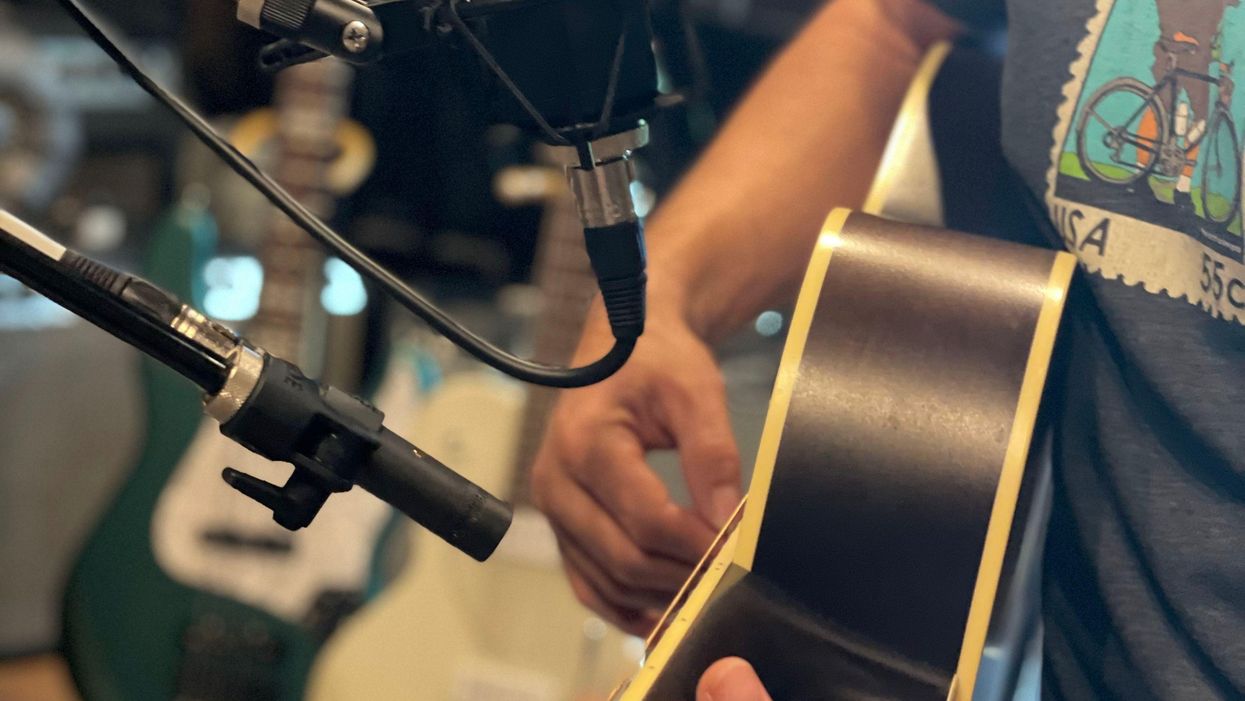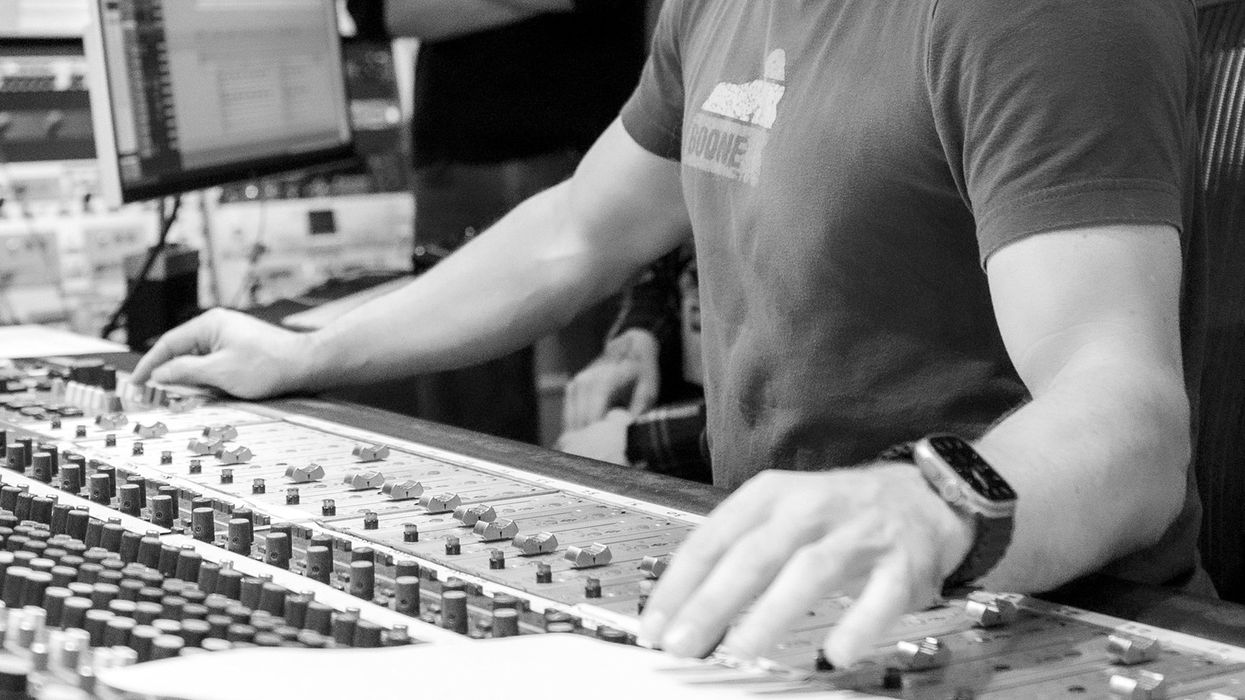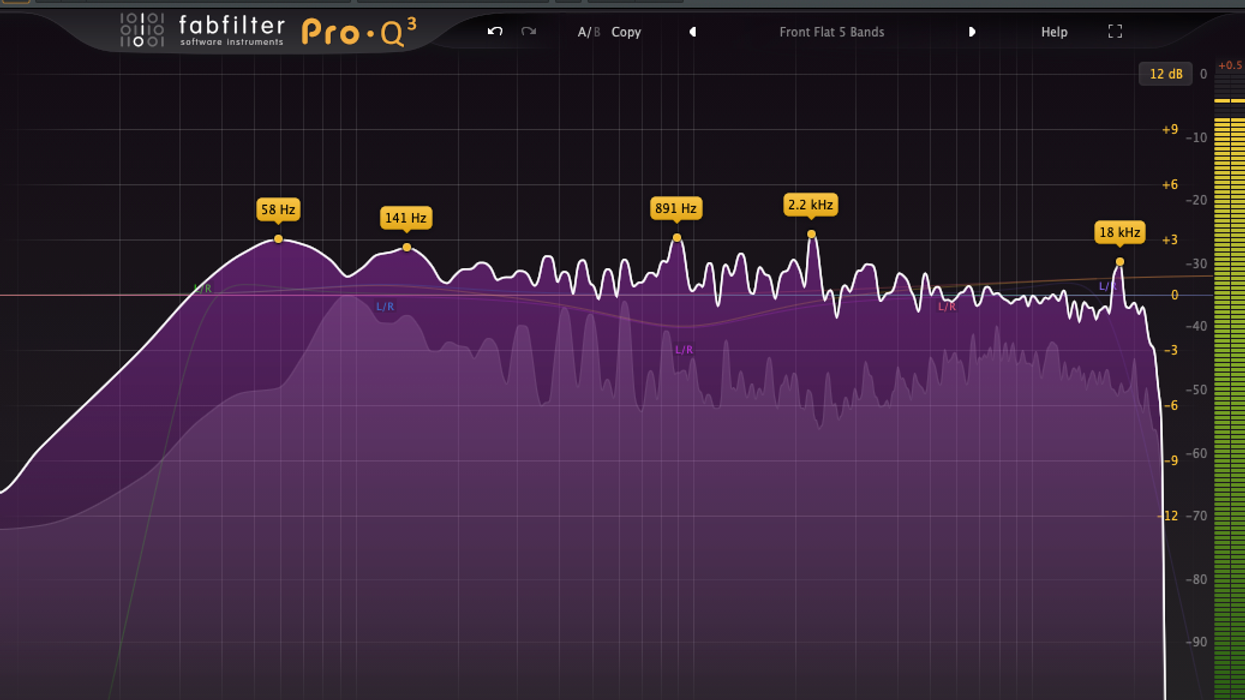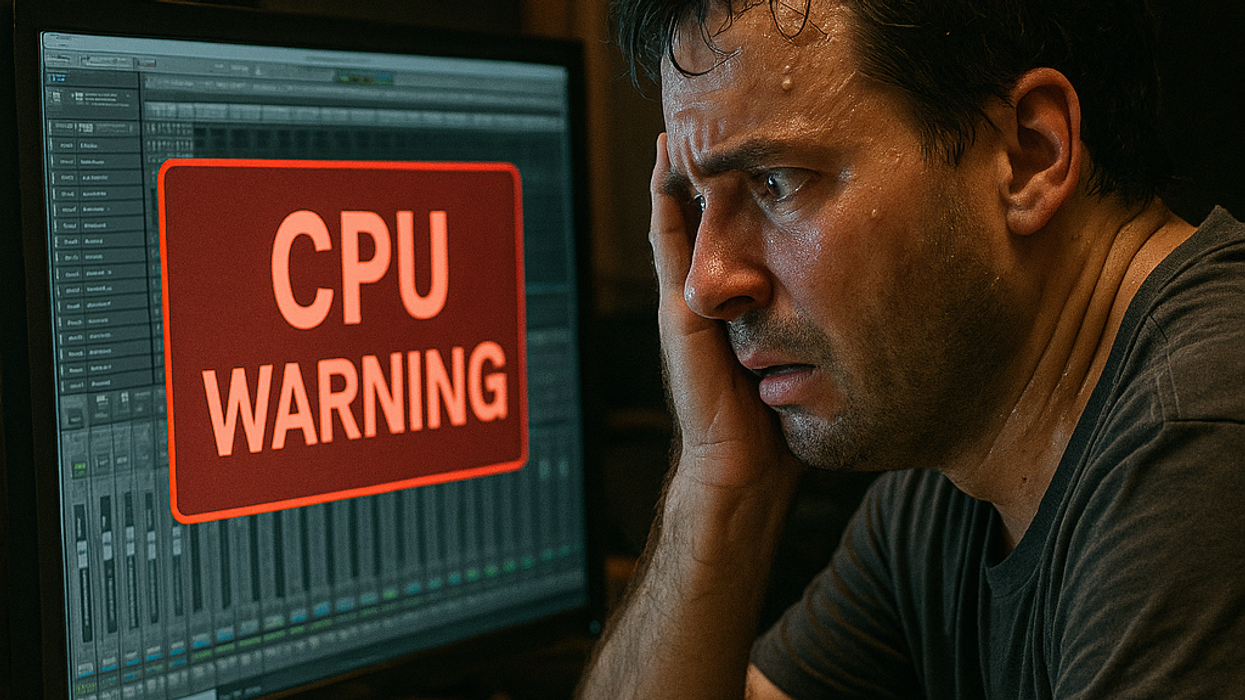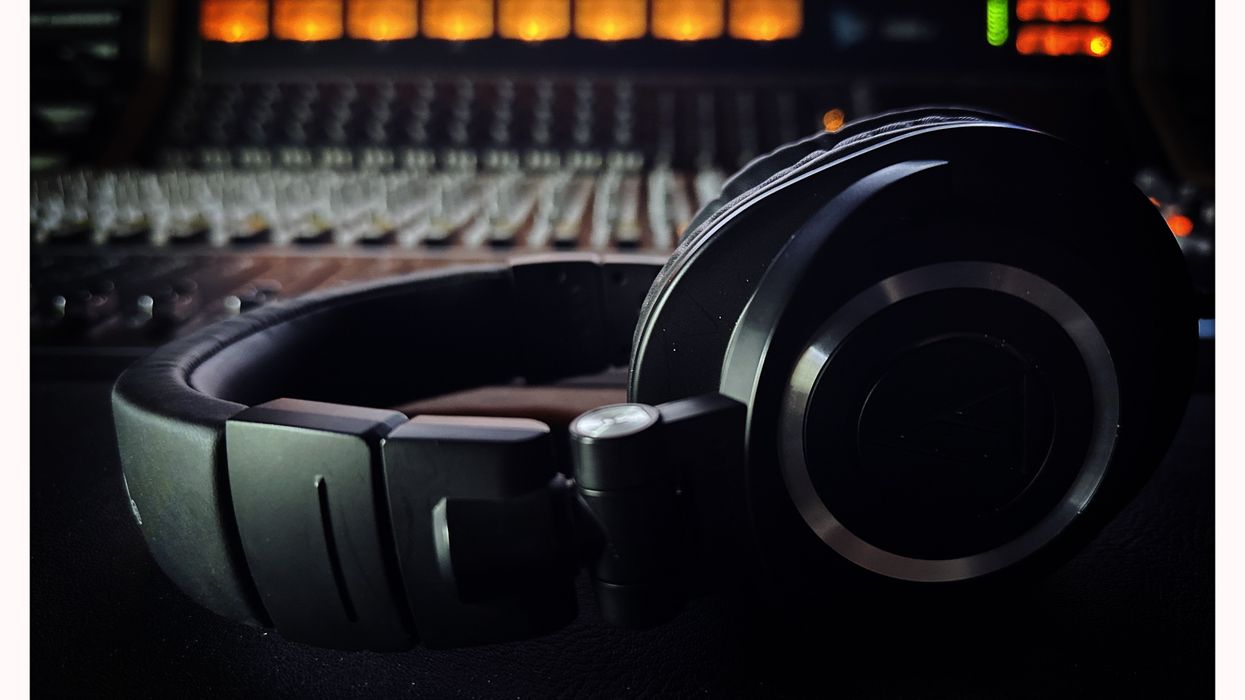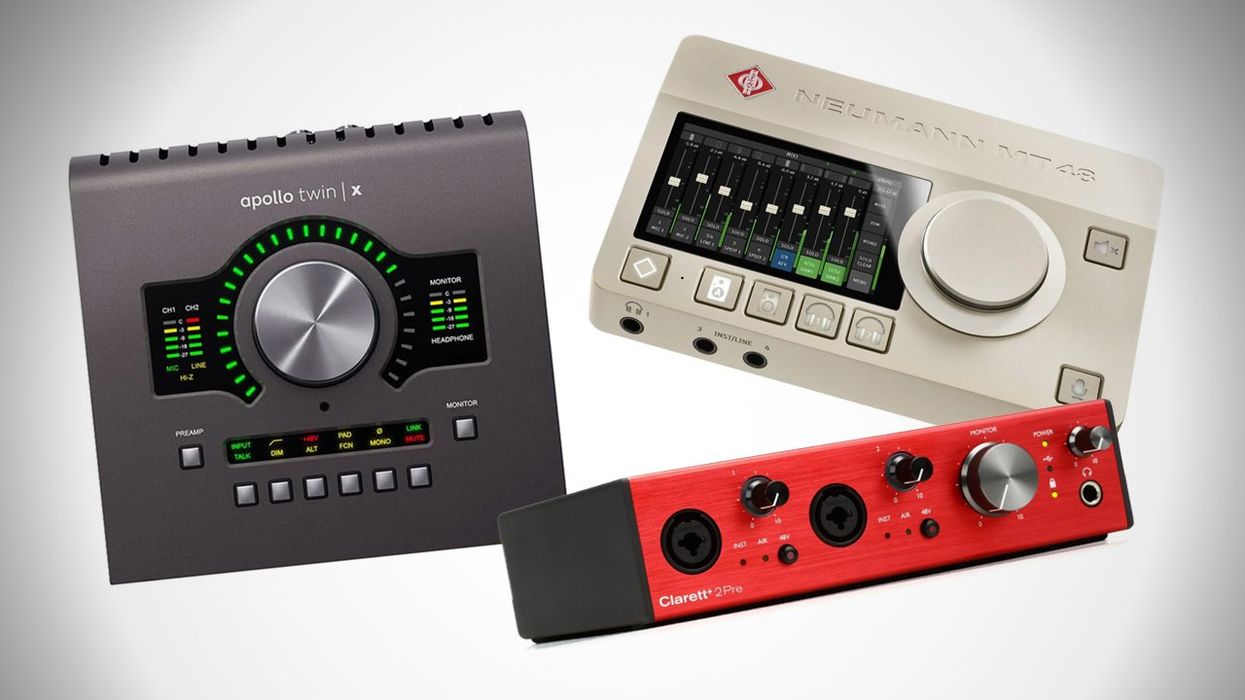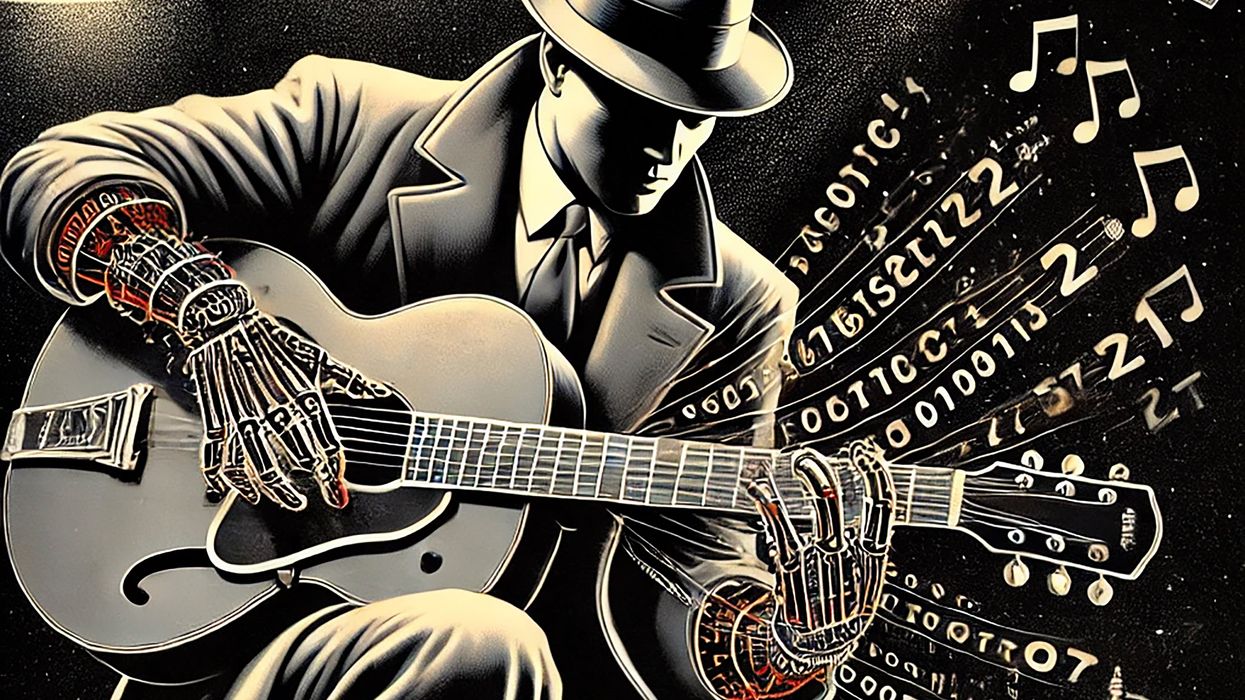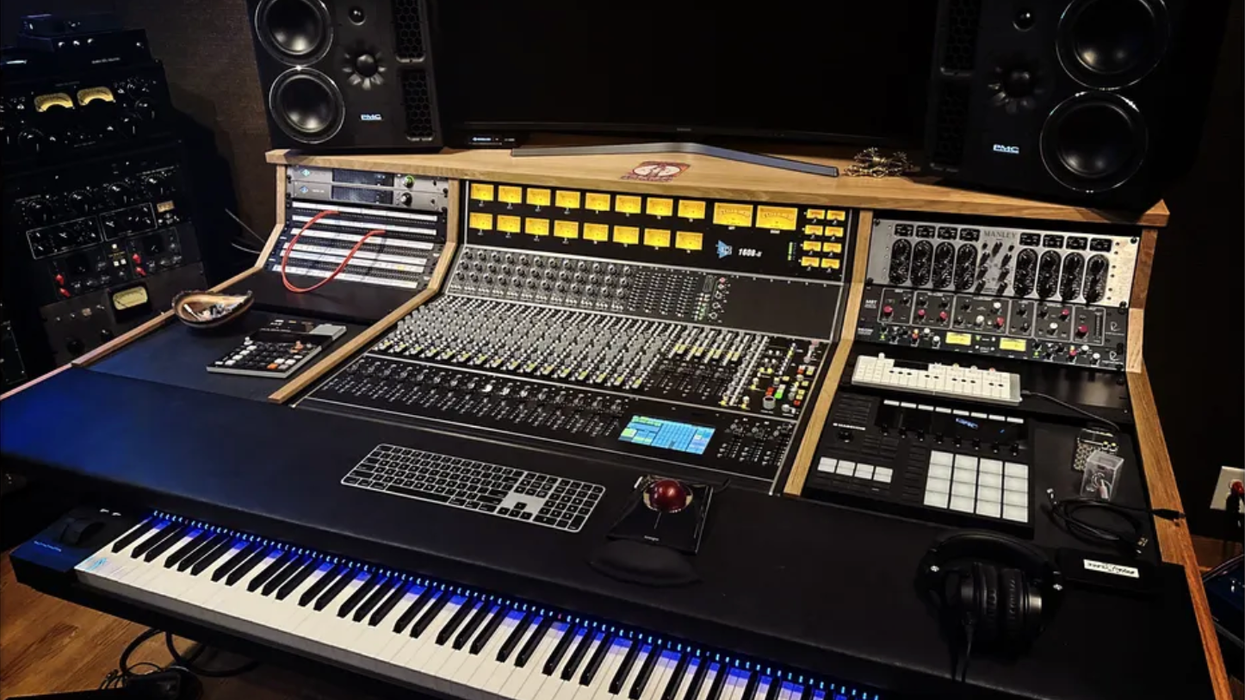On a recent record I produced at Blackbird in Nashville, I had to track an artist who played acoustic guitar and sang at the same time. While not an infrequent occurrence by any means, it dawned on me that this would make a great Dojo topic. So, this month I'm going to share a technique that may help you achieve great results when this situation or similar ones arise.
Most often, when recording acoustic guitar and a vocal together, the challenge for an engineer is to get as much separation of each sound source as possible. That way, if it's a stellar vocal performance but the guitar had some wrong notes or missed chords, the whole take doesn't need to be immediately scrapped. Yes, it is true that some audio artifacts may be present. We are dealing with the laws of physics, sound waves, and using two mics. But you may be able to reduce the offending track's flubs with such aplomb that the world may never know. That all depends on … angles.
You may recall that back in January I devoted an entire Dojo to microphone polar patterns, and that knowledge will come in very handy this month. In particular, your knowledge of cardioid, hypercardioid, and figure-eight polar patterns.
Let's begin with cardioid mics. The vast majority of microphones on the market are cardioid, and they come in every variety within the three main mic categories: dynamic, condenser, and ribbon. Generally, small diaphragm condenser mics offer enhanced clarity and articulation of transients on acoustic sources. Regardless of what you may have, the placement of the mics becomes the most important thing.
"You may be able to reduce the offending track's flubs with such aplomb that the world may never know."
One of my favorite workhorse mics for recording vocals in this situation is the fixed-cardioid Shure SM7B ($399 street). I like to pair this with a small-diaphragm cardioid condenser mic, like a vintage Neumann KM84, KM54, or more recent affordable mics like the superb Rode TF-5 ($1,499, matched pair), or even the budget friendly Rode NT5 ($429 matched pair). Regardless of your budget, what you want are two microphones that are either fixed cardioid or have variable polar patterns that can give you cardioid and hypercardioid pattern choices. One of my favorite mics to use on acoustic guitar is the Beyerdynamic M 160 ($699 street). It's a ribbon mic (my favorite type of mic) and it's hypercardioid, which means it offers excellent off-axis rejection.
How to place the instrument mic.
Have a look at photo 1. Notice that I've placed this cardioid mic, a Rode TF-5, close to the guitar. The capsule of the mic is aimed at the guitar's 14th fret, and it is also angled to almost 45 degrees relative to the floor. This placement will give you increased rejection of the vocals as long as this mic is around stomach-to-chest height and below the singer's mouth. Experiment with height placement and see what gives you the best results. I also like to place this mic directly under the vocal mic so I can use the upper mic as a makeshift baffle. This works best if the upper mic (the vocal mic) has a larger body than the lower instrument mic.
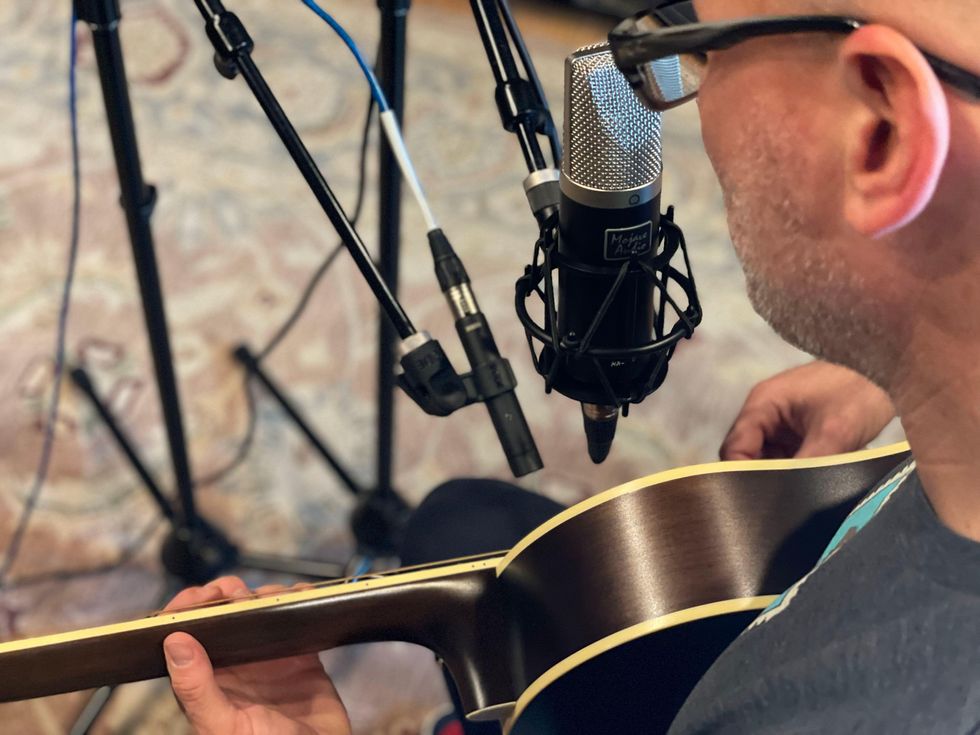
Photo 2
How to place the vocal mic.
Photo 2 shows how I've angled the vocal mic (a Mojave Audio MA-200, $1,199 street) upward towards the mouth from about chest/throat level. You can tinker with this height depending upon how the singer sits and plays. Most singers who are also playing will be looking down toward the neck of the guitar as they play, but if there is quite a bit of slouching, move the mic lower and increase the upward angle of the capsule. If the mic you are using can vary its polar pattern to hypercardioid, use that and listen to the differences. Ideally, at least one your mics would be variable enough to be hypercardioid, if not both. Also, place the mic that has the tightest polar pattern (hypercardioid in this case) on the guitar, since it will move the least relative to the voice.
Keep experimenting, and until next month, namaste.


